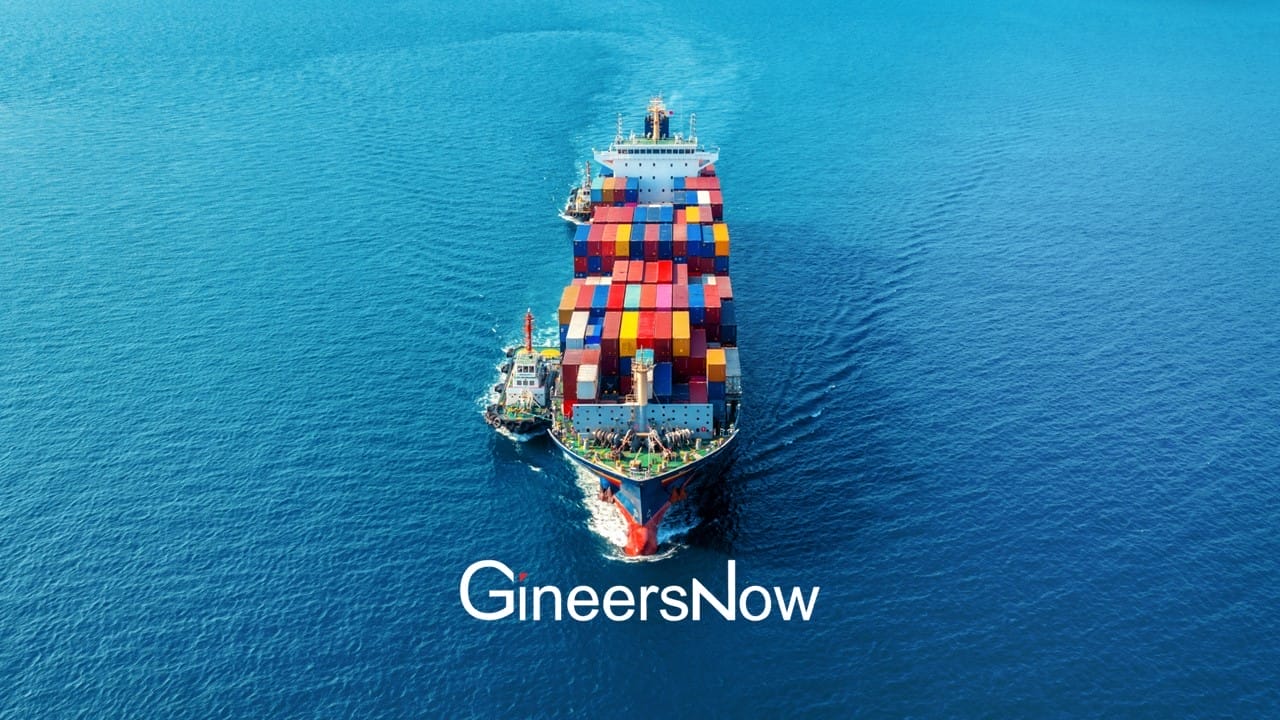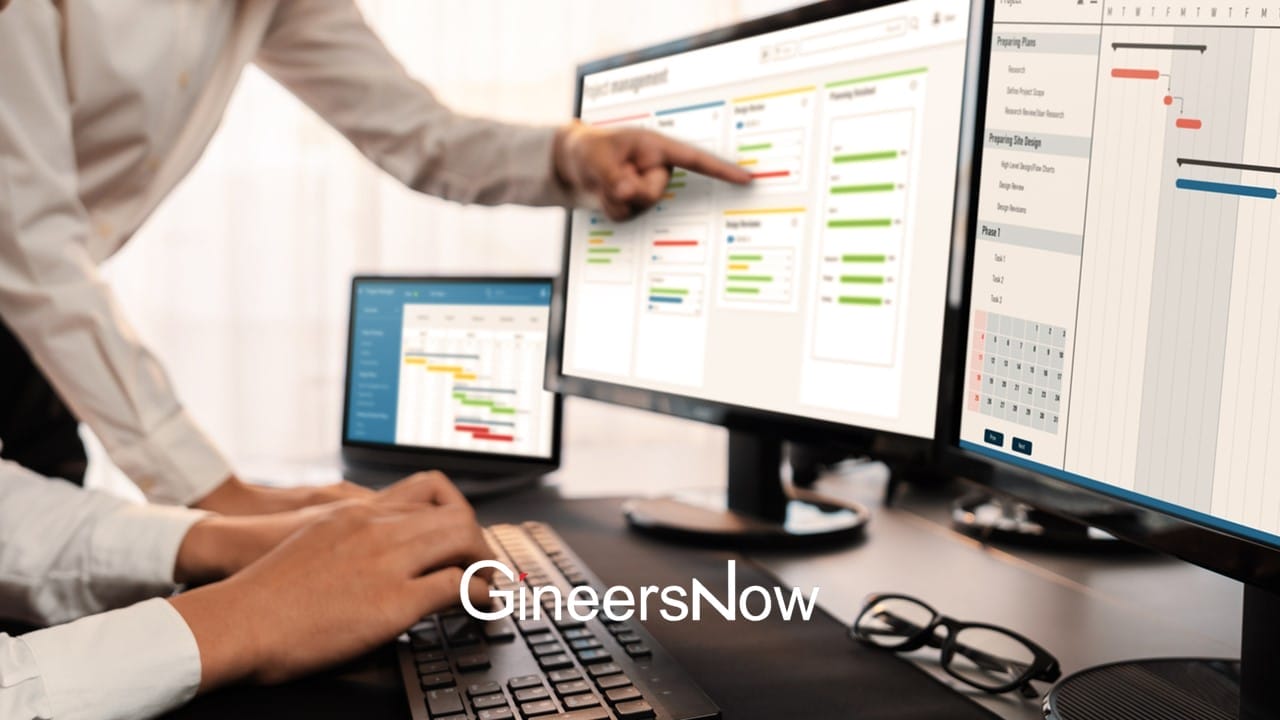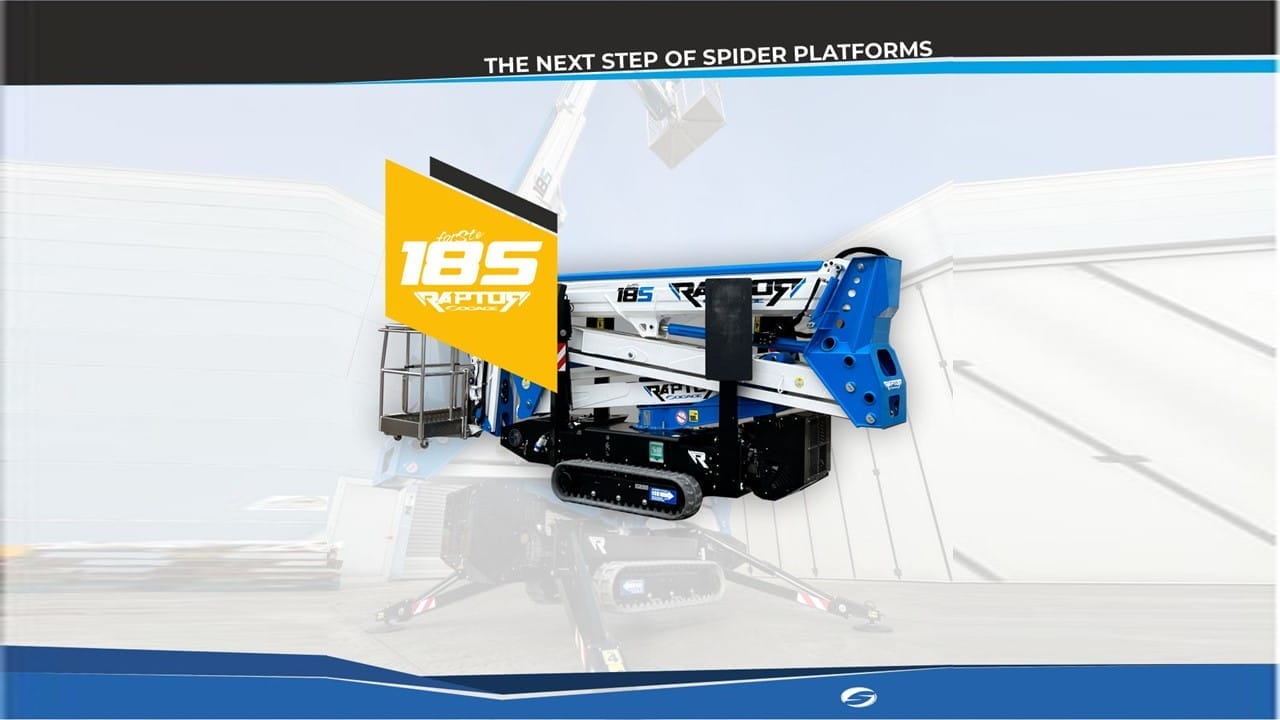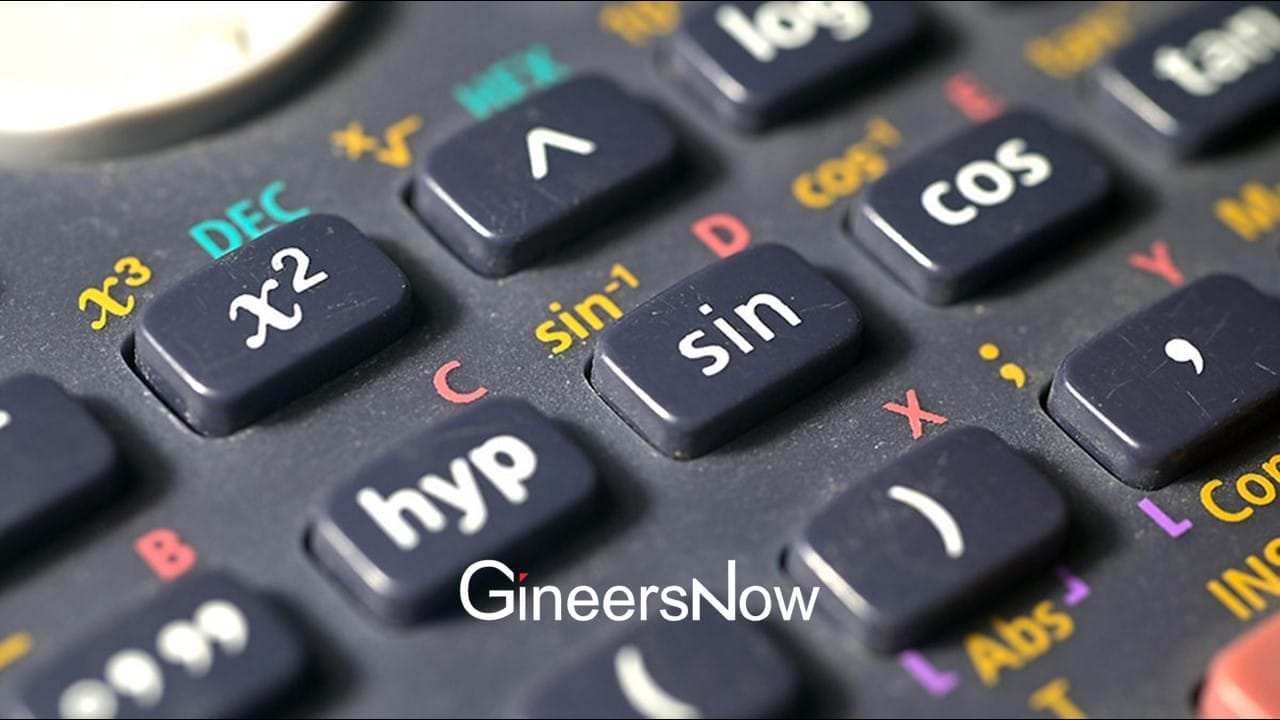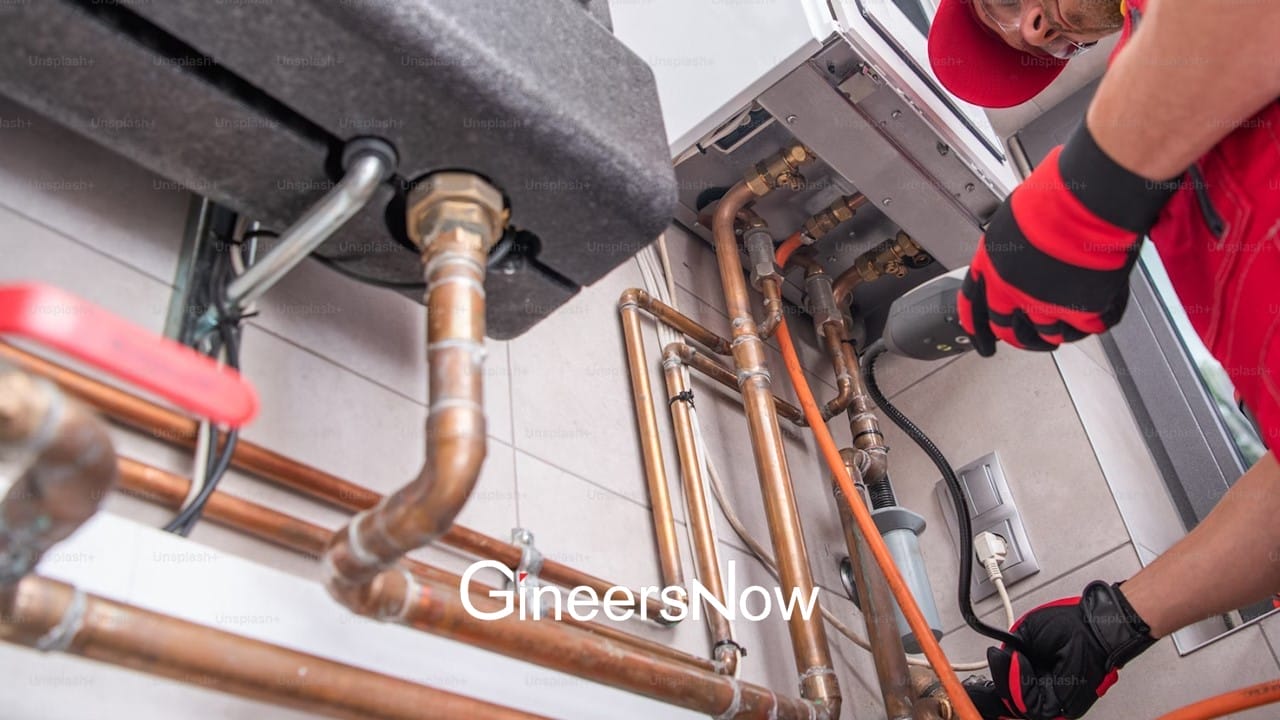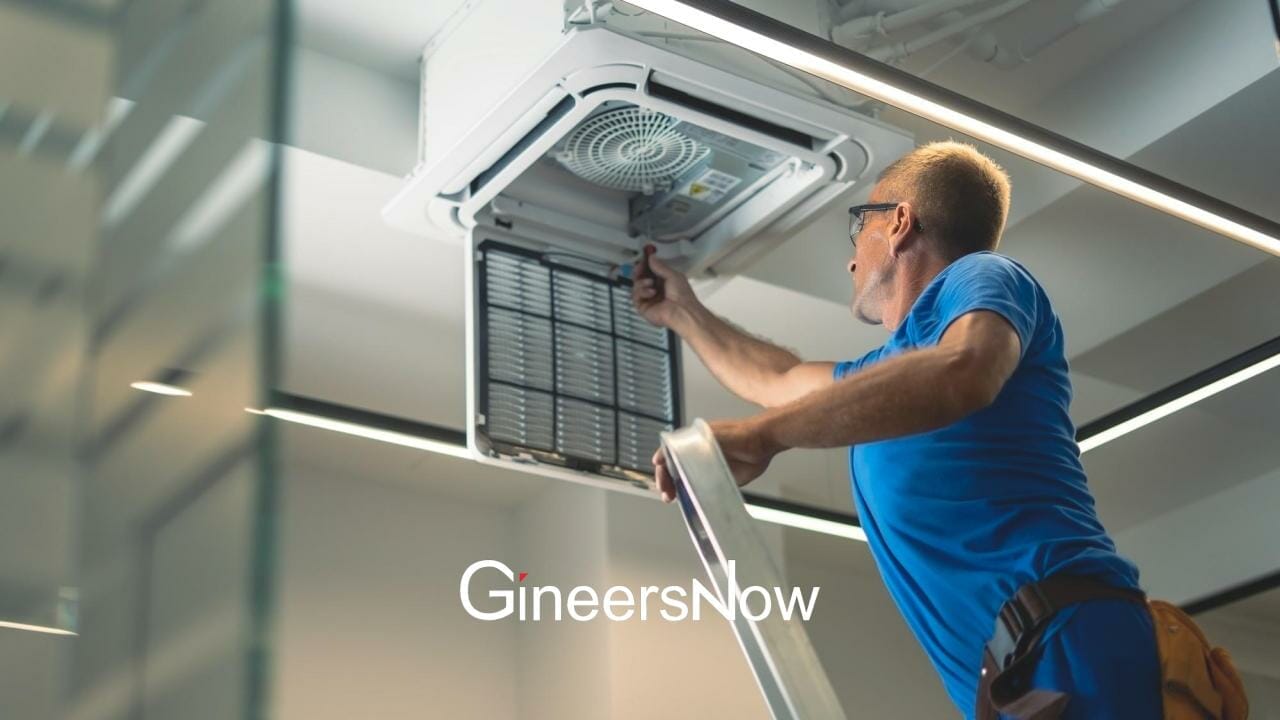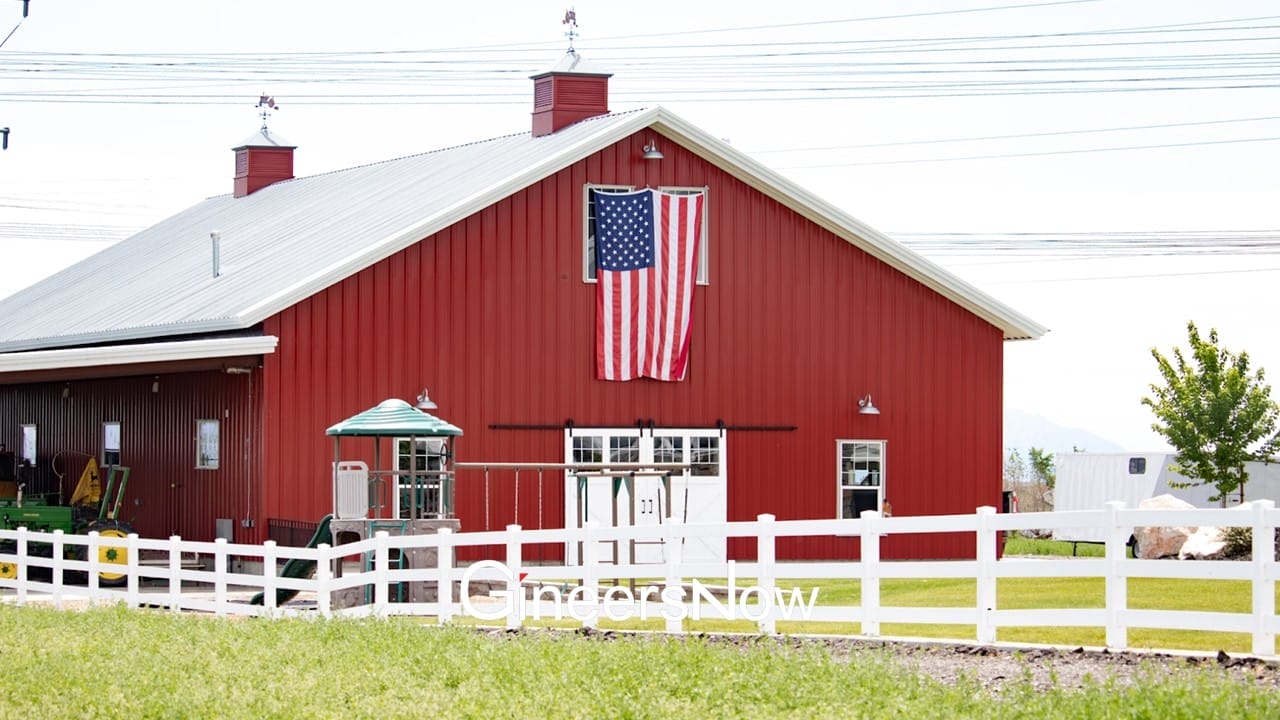The vast expanse of the ocean offers a sense of freedom and adventure, but it also presents a unique set of challenges for maritime workers. From dealing with unpredictable weather patterns to operating complex machinery in close quarters, maritime jobs are inherently risky. In 2024 and beyond, prioritizing safety isn’t just about following regulations. It’s about attracting and retaining a skilled workforce in a competitive market.
Here, we explore seven key strategies to create a safer and more rewarding work environment for your maritime crew.
1. Embracing Technological Advancements for Maritime Safety
Technology can be a powerful ally for maritime safety. Modern navigation systems with collision avoidance features and real-time weather updates provide invaluable information to bridge teams. This improves situational awareness and allows for better decision-making during navigation.
Remote monitoring systems can track equipment performance in real-time, allowing for the identification and mitigation of potential problems before they escalate into major breakdowns, reducing the risk of accidents caused by equipment failure. Fatigue detection systems are emerging technologies that can monitor crew alertness and prevent accidents caused by operator fatigue.
This doesn’t only apply to software but hardware as well. You need to make sure that your equipment is state of the art and reliable. That said, if you see some irregularities, like a ship’s onboard winches not powerful enough for a specific job. In this case, you might need to consider winch hire from a specialist company to supplement their lifting capacity.
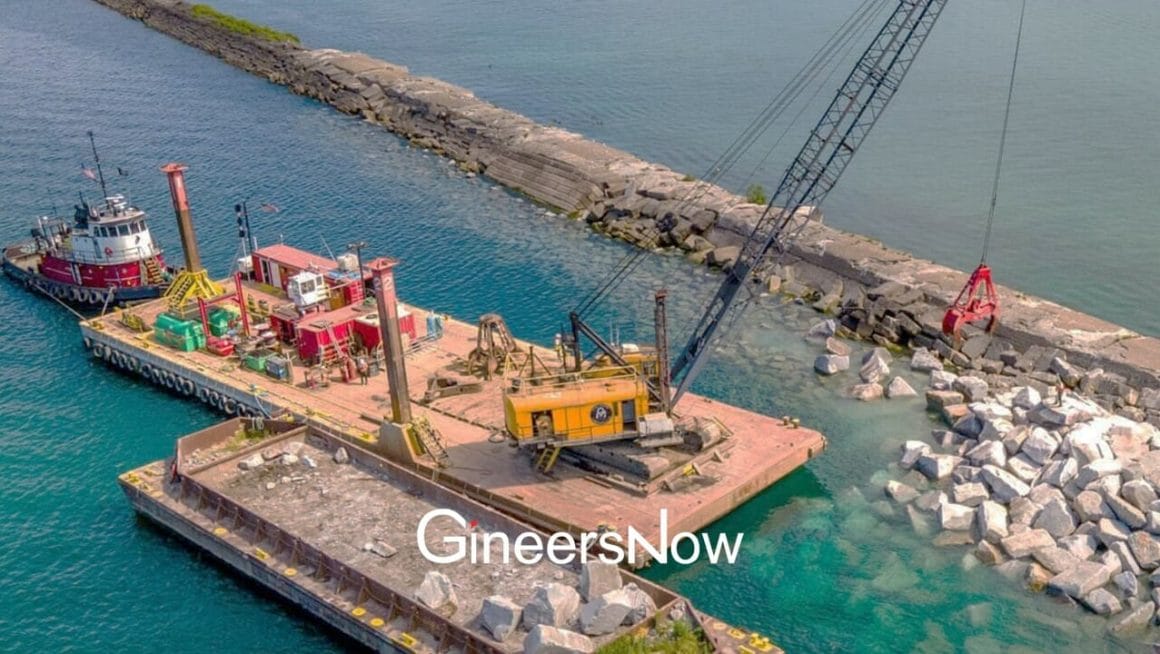
2. Fostering a Culture of Safety Onboard
Paperwork and posters can’t replace a genuine commitment to safety. Visible leadership sets the tone. Captains and officers who actively participate in safety drills and briefings demonstrate the importance of these measures. Open communication is crucial. Crew members should feel empowered to report unsafe conditions, near misses, or risky practices without fear of reprisal. Establish clear reporting channels and a system where concerns are addressed promptly.
Empowerment goes a step further with worker-led safety committees. These committees give crew members ownership of their safety. They can identify potential hazards specific to their vessel and tasks, discuss best risk mitigation practices, and propose solutions to improve safety protocols. Recognizing and rewarding crew members who consistently demonstrate safe practices or report potential hazards reinforces positive behavior and keeps safety top-of-mind for everyone onboard.
3. Investing in Maritime-Specific Training
Effective training is the cornerstone of maritime safety. Training programs should be comprehensive and address seafarers’ specific risks and challenges. This includes everything from cargo handling techniques (especially with increasing automation) to operating complex onboard machinery specific to different vessel types.
Emergency response procedures for maritime scenarios like fire onboard or man overboard are crucial. Regular refresher courses ensure crews stay current with the latest best practices and evolving regulations, like the International Maritime Organization (IMO) guidelines.
Consider incorporating virtual reality (VR) simulations for realistic emergency response training. VR allows crews to practice essential skills in a safe, controlled environment, building muscle memory and improving response times in real-world emergencies.
4. Enhancing Situational Awareness at Sea
Maritime crews must constantly be aware of their surroundings and potential hazards. Clear communication protocols are essential for ensuring everyone onboard is on the same page. Establish well-defined communication channels between crew members on different decks, the bridge, and shoreside personnel.
Bridge Resource Management (BRM) training equips bridge teams with the skills to enhance communication, decision-making, and teamwork, especially during critical operations like navigation in heavy traffic or emergencies.
Fatigue is a significant contributor to accidents at sea. Enforce adequate rest periods for all crew members, considering watch schedules and operational demands. Promote healthy sleep habits through blackout curtains in crew cabins and minimize nighttime disruptions.
5. Equipping Your Crew for Maritime Success
The right personal protective equipment (PPE) is a life-saving line of defense for maritime workers. Provide a variety of PPE suitable for specific tasks at sea. This may include high-visibility clothing for increased deck visibility during low-light conditions, cut-resistant gloves for handling cargo lashings, non-slip footwear for navigating wet and oily surfaces, and fall protection gear like harnesses and lifelines for working at heights.
Regular PPE inspections are essential. Damaged or expired equipment should be replaced promptly to ensure effectiveness. But providing the right gear isn’t enough. Educate your crew on properly using, storing, and cleaning PPE. This encourages them to take responsibility for their safety and maximize the effectiveness of this vital equipment.
6. Prioritizing Mental Health and Wellbeing for Seafarers
The demanding nature of maritime work, with long stretches at sea and limited social interaction, can lead to mental health challenges like anxiety and depression. Companies have a responsibility to support the mental well-being of their crew members. Providing confidential Employee Assistance Programs (EAPs) offers seafarers a safe space to seek counseling and support services.
Promote open communication about mental health within the crew. Normalize seeking help by encouraging crew members to address mental health concerns without fear of judgment. Encouraging crew members to take advantage of vacation time and shore leave helps maintain a healthy work-life balance, reducing stress levels and promoting overall well being.
7. Commitment to Continuous Improvement in Maritime Safety
Safety is not a static state; it’s a journey of continuous improvement. Regular safety reviews are essential for assessing the effectiveness of existing programs on board your vessel. These reviews should involve all stakeholders, including the captain, officers, crew members, and safety committee representatives.
Encouraging feedback from your crew on safety procedures and suggestions for improvement allows you to identify potential blind spots and continuously refine your safety protocols. Data from incident reports, safety audits, and near misses provides valuable insights into trends and patterns. Through analyzing this data, companies can make data-driven decisions to improve safety protocols and prevent future incidents.
Final Words
Staying abreast of evolving regulations and industry best practices demonstrates a commitment to continuous improvement in maritime safety. Actively participating in industry associations and forums allows you to learn from the experiences of other maritime organizations and adopt best practices that have proven successful at sea.


